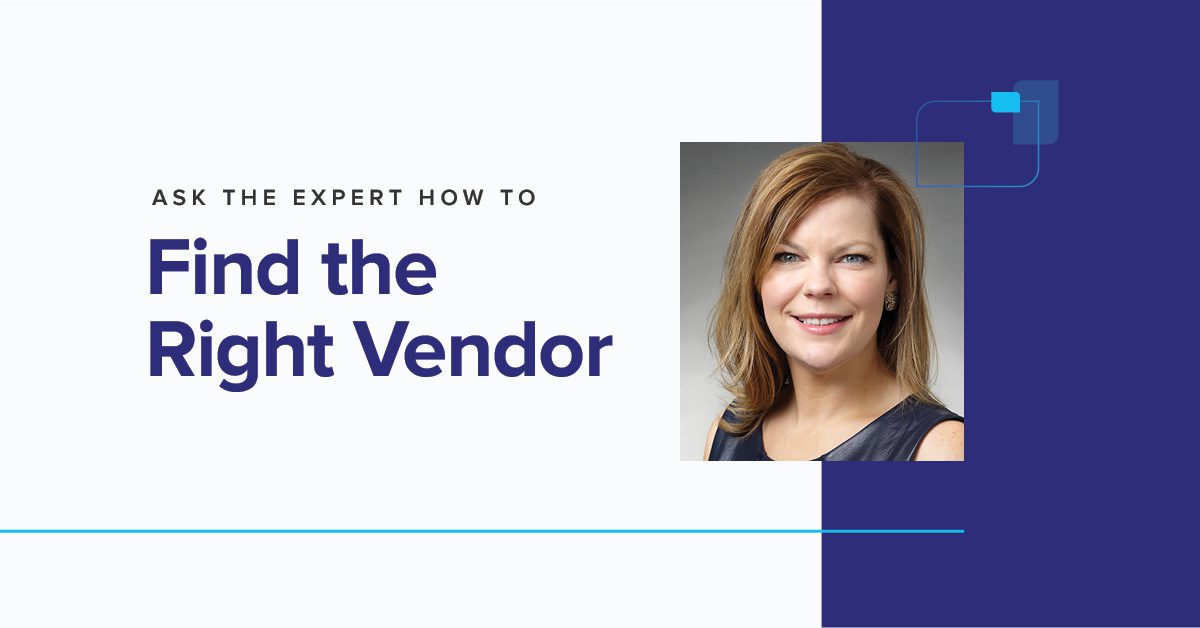Healthcare Updates
How to turn data into wisdom
Data impacts every single one of us. In healthcare, data has the power to directly impact and save lives–but how does one get to that point? How does data transform from singular, raw points into strategic, live-saving actions?
We sat down with Dale Fordyce, Director of Data Analytics, to ask him about turning data into wisdom and how we at Proactive MD use data to support our patients and partners.
We hear about data every day in one form or another and often forget how intertwined it is with our lives. How important is data analysis in the healthcare world and how does Proactive MD interact with data?
Data is very important in healthcare. I think analysis of healthcare data is much more important than analysis of other types of data in other industries because healthcare data can have a direct impact on someone's life, and the data that we work with helps us understand the care that has been provided to patients. It can help us understand preventive services that may not have occurred–gaps in care or “care gaps.” It can also help us understand the quality of care and the outcomes and success that the patient would have received from good quality care.
At Proactive MD, thoughtful, in-depth approaches to data analysis aligns with our promise to our patients. In our company, different departments interact with different types of data from several sources in different ways with the universal goal of using that data to produce results that allow for strategic choices to be made with our patients and partners in mind.
Whether it be medical claims, pharmacy claims, quality metrics, or eligibility information, depending on the area in which you work within the organization, it could impact the type of data that you interact with.
What is the difference between data analytics and integration?
Integration typically comes before analytics, so I'll start with data integration first. It's the process of integrating–pulling internal and external sources together, as well as different types of data together, in a way that we can consolidate them into a single cohesive data set. It provides a place where we can go to get the information to do the analysis.
Analysis is nothing more than relating pieces of data together, different types of tables, to be able to answer questions. I think of analysis as just answering questions. You might have a question like how many people came to our health center last month? To know that, I first have to have the data from the clinic. That data is integrated with other data, because let’s say the eligibility file came from one place, and the encounters or visits came from another place, we would have to integrate those together. Finally, I can answer the question and that is, there were X number of people who came to the health center and here’s why they came in.
The answers might then help us ask a different question or realize there are other pieces that need to be integrated in order to answer the question completely.
What is the data to wisdom model and how do you use it?
The data to wisdom model is pretty easy to understand, especially when you look at it visually. I look at it as the process of learning through understanding the relationships between each one of its components, and that helps us gain insight during the learning process. It's easiest when we look at it as a pyramid with the big base being our data, turning that data into information, into knowledge, and eventually into wisdom. It's a process of learning through understanding each one of those tiers and the relationships between each tier.
Data itself is a fact. The word is hard to describe–it's a piece, just a detail, a raw, unprocessed form of something. We take all those pieces, those data, and we put them together to start to learn more and it becomes information. Our job is to make it cohesive and constructed so that we can learn from it. How do we take the information and make choices and decisions from it? How do we act on that? How do we then take the next step and make those choices more strategic and measure those outcomes to see how successful we were?
That’s the wisdom part of the model. Unfortunately, that's where I see organizations not fully adopting the model. They turn the data into information, don't use that information to help them gain knowledge–make some choices, but never take it to the next level. They aren’t able or willing to reach the level of “wisdom” to make strategic and forward-thinking decisions. There is nothing to drive their direction.
How does that model differ from other models you have used? How does Proactive MD lend itself to this model?
There aren't any other models. It's either understanding the model, or just doing data analytics without understanding the model. I don't think people consciously think about the model, nor do I believe there are a lot of people who are aware of the model. Some are not aware, but just inherently adopt it because it's the correct progression through understanding data and how you use it. Those who are aware of it are striving for the “wisdom” and already know where they want to be with the data.
The failure of some organizations is they don't actually get to the “wisdom” place. They start a process, get the information, get the knowledge, and then they just move on to the next thing. They've met the objective of whatever task they were given and move on. It’s the leader who's forward thinking, who wants to take it to the next level, who achieves “wisdom” and uses it strategically.
What is the process like turning healthcare data into insights and how are those insights then used?
The process is a challenge. It requires skill, commitment, and critical thinking to be able to get the data ready for the insight and knowledge parts of the model. That’s also what makes it so rewarding in the end. When you answer those crucial questions like identifying key drivers of population health for our Patient Advocates, we can provide focused, visual “wisdom” that can answer questions and tell entire stories and ultimately lead to better care and outcomes for our patients.
Sign up to get the latest news and insights from Proactive MD.


